La Uffizi Gallery in Florence is one of the most famous museums in the world, housing an exceptional collection of Italian Renaissance masterpieces. Upon entering, you will discover iconic paintings by Botticelli, Leonardo da Vinci, Michelangelo, and many others, within a remarkable architectural setting designed by Giorgio Vasari. It also offers a privileged viewpoint over the historic center, with a spectacular view of the Arno River and the Ponte Vecchio. A visit to the Uffizi is essential to understand the artistic soul of the city and experience an unforgettable journey into the heart of the Renaissance.
Some Iconic Works
- Sandro Botticelli: The Birth of Venus and Primavera (rooms 10 and 14).
- Fra Filippo Lippi: The Lippina – Madonna and Child with Two Angels (room 8).
- Leonardo da Vinci: The Annunciation (room 3).
- Michelangelo: Tondo Doni – The Holy Family (Tondo room).
- Paolo Uccello: frescoes and The Madonna of the Tickling by Masaccio (room 8).
- Giotto and Cimabue: large altarpieces in the Sala dei Primitivi (room 3).
- Piero della Francesca: Diptych of the Dukes of Urbino and Profile of Federico III da Montefeltro (room 9).
The Palace and Gallery Entrance
Access to the Uffizi Gallery sometimes requires patience: queues, busy entrances, and 141 steps to reach the second floor. But the spectacle is worth the effort: decorated ceilings, labyrinthine rooms, and unmissable masterpieces await you.
The palace was not originally designed as a museum. It housed offices, a theater, and private spaces for the Medici dukes. The gallery, built from 1560 by Giorgio Vasari, connects the palace to the Palazzo Vecchio. The collections, which include sculptures, books, paintings, coins, and armor, were reorganized in 1769 by Peter Leopold of Lorraine, finally opening the gallery to the public.
Prepare to navigate sometimes crowded rooms or find certain works temporarily absent for exhibitions outside Florence. Every step in these galleries transports you into the past, under sumptuous ceilings and on floors echoing the footsteps of the grand dukes.
Museum Route and Collections
In the Sala dei Primitivi (room 3), you will find three major altarpieces by Duccio, Giotto, and Cimabue, among the most important works of the Italian medieval period. These pieces provide an exceptional glimpse into the transition between Byzantine art and the emerging Renaissance.
Moving into the 15th century, Rooms 8 and 9 reveal masterpieces of the early Renaissance. Room 8 features frescoes by Paolo Uccello and The Madonna of the Tickling by Masaccio, anticipating geometric perspective and mastery of light. The Lippina (Madonna and Child with Two Angels) by Fra Filippo Lippi, also in this room, is an exceptional example of Florentine delicacy and softness.
Room 9 houses the Diptych of the Dukes of Urbino by Piero della Francesca and the famous profile of Federico III da Montefeltro, offering a masterful study of portrait and linear perspective. These works testify to the technical innovation and psychological subtlety of the Renaissance.
Rooms 10 to 14, formerly occupied by the Medici theater, are dedicated to Sandro Botticelli. You can admire The Birth of Venus and Primavera, emblematic of 15th-century grace and humanist symbolism. Particular attention can be given to iconographic details and compositional balance.
In the next, heavily trafficked room, is The Annunciation by Leonardo da Vinci, a painting illustrating his early mastery of perspective and light.
Continuing along the first-floor corridor, you reach the “bridgehead”: an exceptional 180° viewpoint over Florence, including the San Miniato hill, Bardini Gardens, the Arno River, and the Ponte Vecchio. At this point, you have covered approximately a quarter of the museum.
Further along, the collection features Tondo Doni by Michelangelo, depicting the Holy Family, as well as the Niobe Room and works by landscape painters. A break is possible at the cafeteria on the Loggia dei Lanzi.
The route continues tracing the first-floor corridor towards the exit. You will find the Hellenistic statue collection, Mannerist painters, works by Bronzino and Raphael, as well as later rooms dedicated to Correggio, Titian, and Parmigianino. This progression offers a complete view of the evolution of Italian art from the 13th to the 16th century, highlighting the richness and diversity of the Uffizi Gallery collections.
Where the Uffizi Gallery in Florence is Located
If you see this after your page is loaded completely, leafletJS files are missing.
FAQ – Uffizi Gallery
1. Why visit the Uffizi Gallery?
The Uffizi Gallery is one of the most prestigious museums in the world, with an exceptional collection of Renaissance artworks, notably by Botticelli, Michelangelo, Leonardo da Vinci, and Raphael. It is a must-visit to discover Italian history and art.
2. How to buy tickets for the Uffizi Gallery?
Tickets can be purchased online on the official Uffizi website or via platforms. Book in advance to avoid queues, especially in high season (summer, holidays). A skip-the-line ticket or guided tour is recommended.
3. What are the opening hours of the Uffizi Gallery?
The Uffizi Gallery is generally open Tuesday to Sunday, from 8:15 AM to 6:50 PM (last entry at 5:30 PM). It is closed on Mondays, January 1st, and December 25th. Check the official website as hours may vary.
4. How long does it take to visit the Uffizi Gallery?
A full visit takes about 2 to 3 hours, depending on your pace. For major works (Botticelli, Caravaggio, Titian), allow 1.5 hours with a guided tour. Take more time if exploring all rooms.
5. Can you avoid crowds at the Uffizi Gallery?
Visit early in the morning (8:15–9:00 AM) or late afternoon for fewer people. Book a skip-the-line ticket or guided tour. Avoid weekends and summer, and prefer autumn or winter for a calmer experience.
Information, Tickets, Guided Tours, and Links
Tickets and Guided Tours
Links for Further Reading
- Official website of the Gallerie degli Uffizi
- Comprehensive Guide to the Uffizi Gallery
- Virtual Tour of the Uffizi Gallery
- The Uffizi Gallery on Wikipedia
Articles in the Florence Museums Category
- Museums in Florence
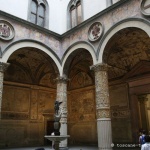 Florence, cradle of the Renaissance, is a true capital of ...
Florence, cradle of the Renaissance, is a true capital of ... - Palazzo Pitti, its museums and the gardens of Boboli
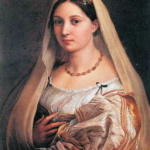 Palazzo Pitti is one of the largest buildings in Florence ...
Palazzo Pitti is one of the largest buildings in Florence ... - Gallery of the Academy of Florence
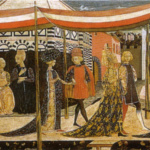 The Gallery of the Academy (Galleria dell’Accademia in Italian) is ...
The Gallery of the Academy (Galleria dell’Accademia in Italian) is ... - National Archaeological Museum of Florence
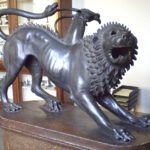 Located in the Palazzo della Crocetta, the National Archaeological Museum ...
Located in the Palazzo della Crocetta, the National Archaeological Museum ... - Bargello
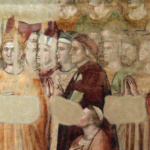 The Bargello Museum is located in the historic center of ...
The Bargello Museum is located in the historic center of ... - Museum of Palazzo Vecchio
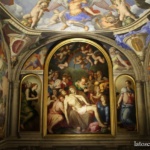 Palazzo Vecchio is a historic palace and museum. The interior ...
Palazzo Vecchio is a historic palace and museum. The interior ...


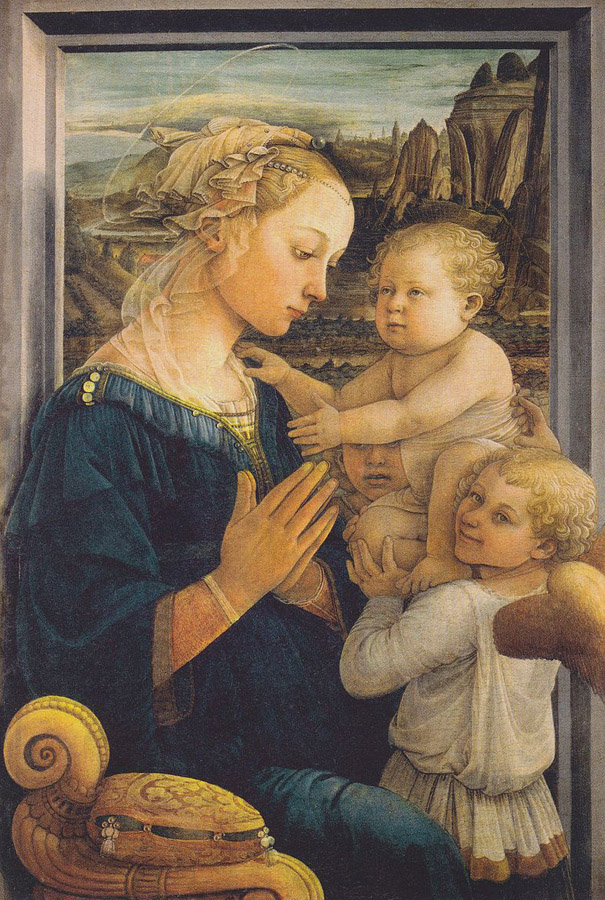
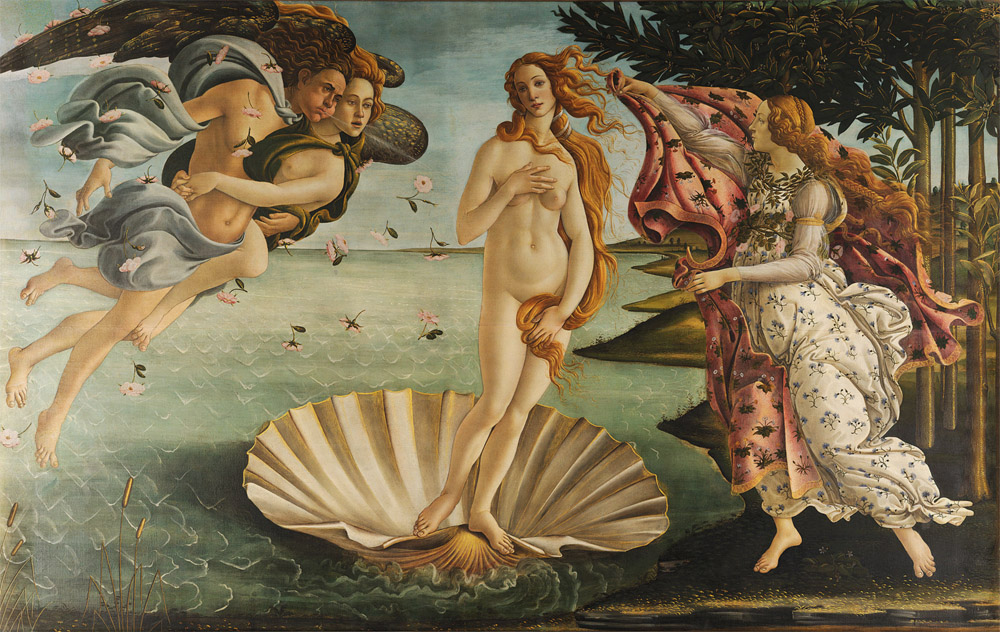
No Comments Yet